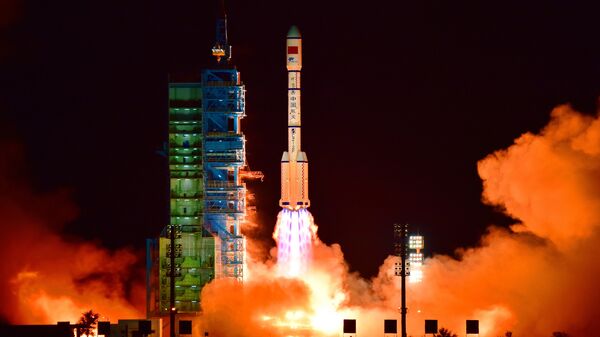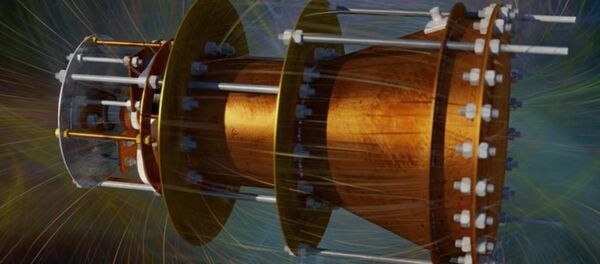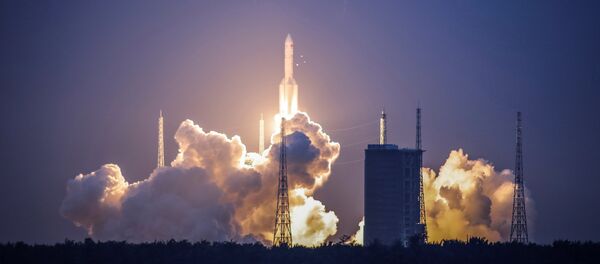The timetable sets out a string of ambitious targets offering a glimpse of what the People’s Republic plans to accomplish in space in the coming decades.
By 2020, Beijing plans to modernize its family of Long March rockets, with the Long March 8 expected to complete its first test flight in 2019.
According to the roadmap, Beijing will also start to provide multiple commercial launch services by 2020, which will be relatively cheap and fail-proof due to the ongoing intellectualization and modernization of its carrier rockets.
China also plans to have its own reusable space plane operational by 2025, and make all of its space vehicles reusable by 2035. This would help develop the suborbital space tourism industry with China’s first space shuttle to make its maiden flight in 2020.
Meanwhile, China plans to launch a new-generation of two-stage reusable rockets and nuclear-powered space shuttles to prospect for and develop mineral resources on small planets and asteroids and build space-based solar power stations.
The last few decades have seen the Chinese making great progress in the field of space exploration. They aim to land on the dark side of the moon by 2018, and reach Mars before the end of the decade.
It has also sent five crews into space in within the same time.
The construction of new space launch centers, ambitious lunar and Mars exploration programs and regular spaceflights are quickly bringing the country up to par with Russia and the US.
In 2020, Chinese scientists plan to use a Long March 5 rocket to send a probe to the intermediary orbit between the Earth and Mars to study the Red Planet.
READ MORE: China's First Cargo Spacecraft Completes 2nd Docking with Space Lab
As part of its lunar program, China plans the launch of a spacecraft that will collect samples of soil on the moon and return it to Earth.




